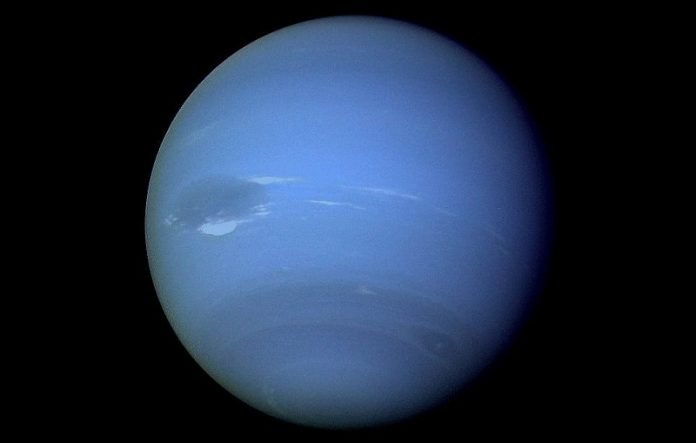
Recently, NASA scientists have updated their instrument for exploring the atmospheres of Uranus and Neptune.
A team from the Goddard Space Flight Center in Greenbelt are working on a smaller, more capable net flux radiometer.
The new radiometer can tell scientists where heating and cooling occurs in a planet’s atmosphere.
It can also help define the roles of solar and internal heat sources that contribute to atmospheric motions.
According to the team, the new radiometer will play a big role in examining the atmospheres of Uranus or Neptune.
Uranus and Neptune are called the ice giants because they are composed mostly of ices.
The two planets are relatively unexplored compared with other planets in our solar system.
Previous research has shown that both planets host a slushy mantle of water, ammonia, and methane ices.
Their atmospheres are made of molecular hydrogen, helium, and methane gas.
But the two planets look quite different: Uranus has a hazy blue-green color, while Neptune has a much deeper color blue color.
In addition, Uranus lacks internal heat and hence its clouds are cold and don’t billow above the top haze layer.
Neptune radiates as much energy as it receives from the Sun. It has an active, dynamic atmosphere.
The team believes the new radiometer may help gather new data that can explain the differences.
The new equipment may also provide information about cloud layers and their chemical composition on the two planets.
The team will also add two more infrared channels to measure heat and two more viewing angles to help gather wavelengths and help model light scattering.
The new equipment may also show greater detail about the planet’s cloud decks and atmospheric layers.
It will provide new information and help scientists know better about Uranus and Neptune.
The leader of the study is Shahid Aslam. The study was funded by NASA’s Planetary Concepts for the Advancement of Solar System Observations, or PICASSO, program.
Copyright © 2019 Knowridge Science Report. All rights reserved.



